Powerful and unapologetic, “The Haunting of Sharon Tate” is an alternate study of the murders at Cielo Drive and of a young woman’s unfulfilled dreams.
Immediately noticeable in The Haunting of Sharon Tate, written and directed by Daniel Farrands, is the keen attention to detail.
The opening scenes include recreations of the house at Cielo Drive, vivid depictions of the crime scene, and archival footage taken from newsreels and interviews with members of “the family.” Later in the film, there are glimpses of Roman Polanski’s script for Rosemary’s Baby, audio snippets of Charles Manson’s song “Cease to Exist,” and disturbing images of the tools employed in the murders of Sharon Tate and her friends, including the coil of rope used to tie the victims.
The film’s cinematography, by Carlo Rinaldi, captures beautifully the sunny vistas of Los Angeles, while one shot of dense fog hanging over the famous Hollywood sign suggests a lingering menace beneath the city’s glamorous exterior. The costumes, music, dialogue, and performances (especially from Hilary Duff as Sharon Tate) are all eerily on point, imbuing the film with the gritty realism of a documentary. Within the first 45 minutes or so of the movie, viewers will feel that they are witnessing an accurate portrayal of the final days of Sharon Tate’s life.
Worried about her pregnancy and fearful that her husband may be having another affair, Sharon is both hopeful and distraught over her return to Hollywood, and Duff evokes these conflicting emotions through her soft but confident voice, tender facial expressions, and nervous gestures. Duff’s is a standout performance in a film that she carries entirely on her shoulders.
The premise of The Haunting of Sharon Tate centers around the idea that Sharon had premonitions and dreams of her murder and the murder of her friends. A touch of the supernatural comes into play when she hears ominous sounds coming from the recording of Manson’s music. Although there appears to be little factual basis for this aspect of Farrands’ plot, Sharon did encounter Manson at least once in her lifetime and was aware of his connection to the property at Cielo Drive.
Despite this point of controversy in the movie, director Farrands is careful not to glorify Manson or the murderers in any way. In fact, only Manson’s looming shadow appears in the film, a ghostly silhouette that haunts Sharon and seems to warn her of the dangers ahead (in other words, this is not a movie that champions Manson’s philosophies or that treats him or his followers like counterculture icons).
Up until this point in the film, these unique approaches to the real-life narrative of the murders at Cielo Drive work well; many of the scenes are suspenseful, dramatic, and frightening. But during a pivotal dream sequence in which Sharon imagines the murders presumably exactly as they happened in reality, The Haunting of Sharon Tate takes a divisive turn.
From this point forward, the film presents an alternate vision of what could have happened at Cielo Drive had the tragic events gone a different way.
Courageously, Sharon and the others fight back, gaining the upper hand over their attackers. The movie isn’t saying “this is what happened”; instead, Farrands shows what we, as those sympathetic to Sharon’s story, wish had happened. We wish that the killers were the ones to end up in body bags. We wish Sharon and her friends had survived. We wish she could have achieved her dreams of love and motherhood and stardom — and that fate had not intervened in such a violent way.
The Haunting of Sharon Tate is not so much about a talented actress being tormented by nightmarish visions as it is about a kind and gracious woman haunted by the fear that her life might not turn out the way she had hoped.
With this film, Daniel Farrands has taken quite a risk, and there has been some backlash in the press about his telling of this famous story. In this reviewer’s opinion, the film treats its subject matter carefully and ultimately paints a tender, tragic story of Sharon Tate. While true crime buffs might object to the the film’s fictional climax, the themes of the film — of chance and fate, of hope and love, and of what could have been — should resonate deeply with the careful viewer.
The Haunting of Sharon Tate is available on demand or in select theaters nationwide.
Want a second opinion? Click here to read an alternate take on The Haunting of Sharon Tate.


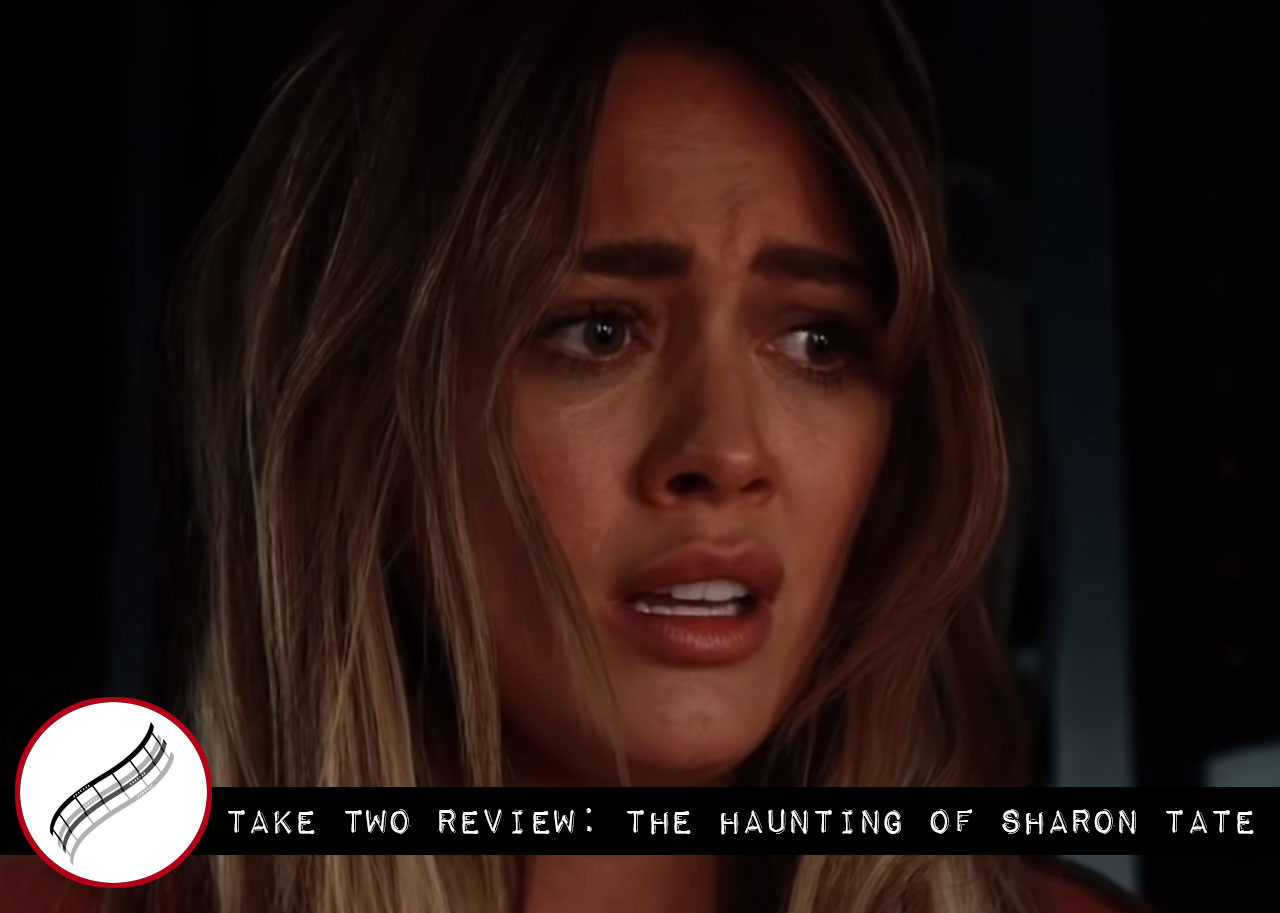
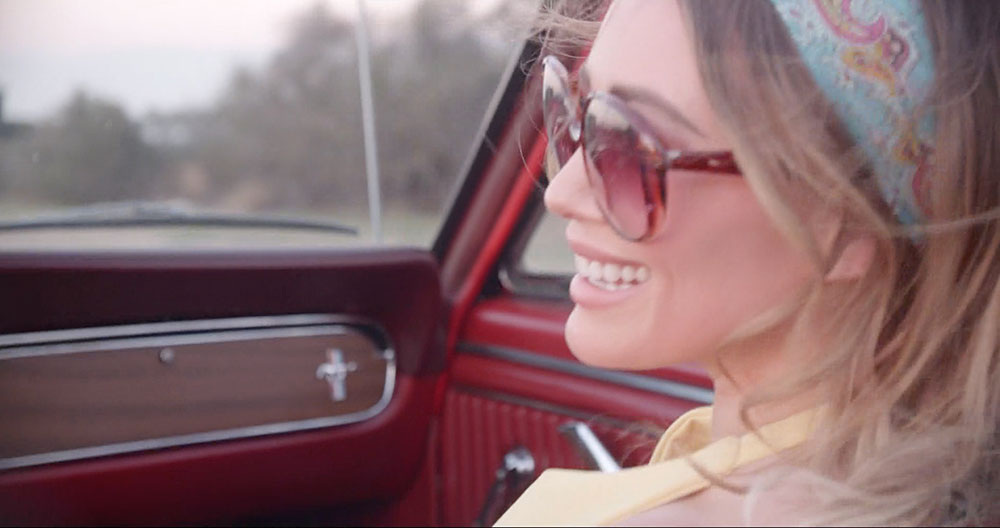

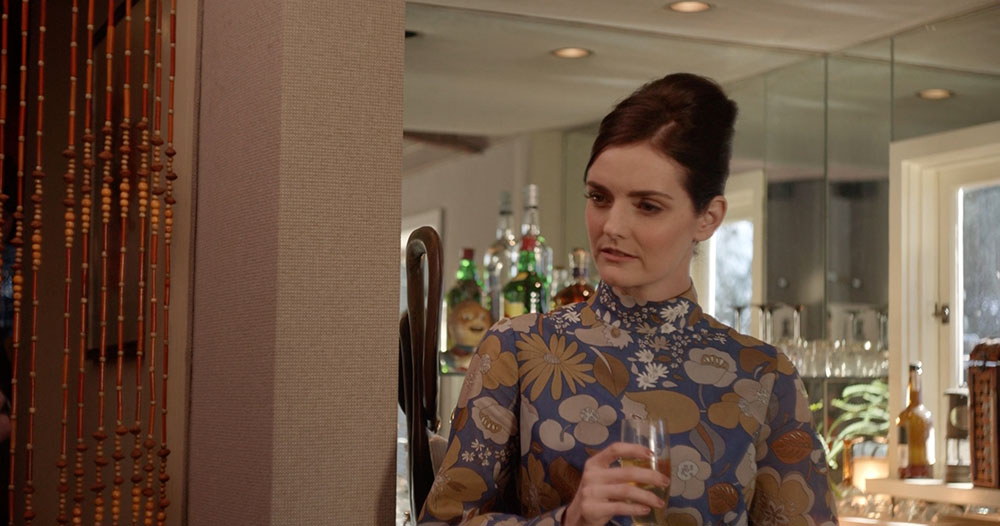
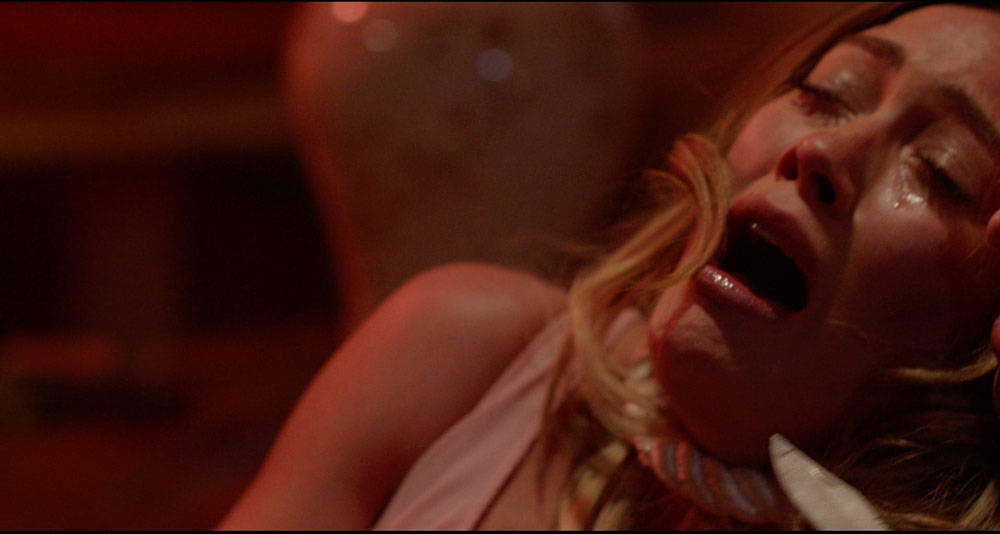
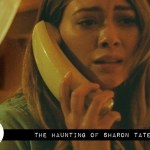
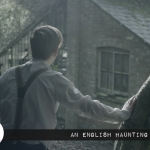
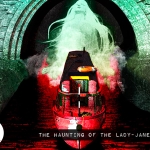
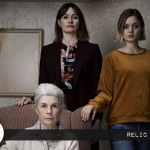






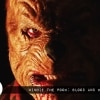
Follow Us!